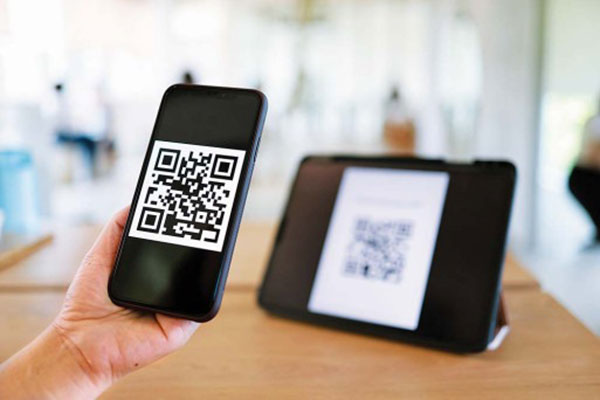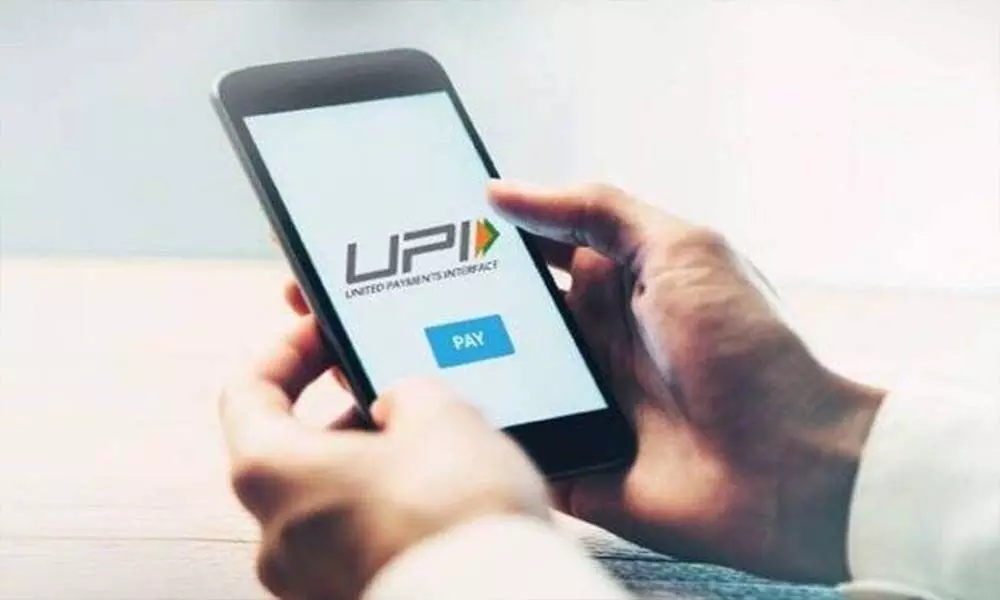According to the RBI, Pre- Paid- Instrument is a monetary tool that makes payment easy. PPI is convenient because it has money to pay for a purchase. The source of funds may be cash, a digital wallet, or magnetic chips.
UPI, on the other hand, helps transfer funds with a simple click of buttons on your mobile. UPI money transfer works with the help of a secret code that facilitates the movement of cash from one account to another. UPI is a payment tool that enables real-time payment within seconds.
With 11,660 crore people making digital payments in India, these two popular modes of payment have become a boon companion. This article will help you understand both methods of payment in detail.
What Is PPI?
PPI is a pre-paid instrument that helps you load money to make a swift disbursement. You don’t need to maintain a bank account to use PPI. From online purchases to bill payments, from bill payments to peer-to-peer transfers, load money into PPI to make a payment. You can link PPI to your UPI account to pay from the virtual account instead of your bank account.
What Is UPI?
UPI is a payment interface linked to your bank account and helps you complete a monetary transaction. It doesn’t require you to load money into it. UPI is safety, security, and simplicity in a nutshell. This UPI payment tool enables bank-to-bank transfer of money and merchant payment. The per day limit of UPI transactions is 1 lakh, and bank-to-bank transfers attract no charge.
PPI Vs. UPI:

Source Of Cash:
PPI needs you to load money into a digital wallet. On the flip side, UPI doesn’t need pre-loading money. You should link your bank account with a registered mobile number and pay cash within seconds!
Speed Of Transactions:
UPI transactions happen within a flash of a second, whereas PPI transactions take time as they are not account-to-account transfers. Money goes from the virtual wallet and it takes some time to make a payment.
Security Feature:
Whenever you initiate a transaction, UPI asks for a biometric PIN code. Your financial information is safe when you use UPI. PPI also keeps your personal information secure but uses encryption and the safety protocols vary from one service provider to another.
Acceptance Among Users:
Every merchant and nearby shopkeeper might agree to a UPI payment. PPI is not that popular among users to date. The number of merchants and sellers accepting PPI transactions is increasing, though!
Wrapping Up:
UPI and PPI are two different methods of digital payments that users prefer for making cashless transactions. The working mechanism is similar for both. Nevertheless, PPI requires pre-loading your e-wallet with cash, whereas UPI doesn’t require loading money. It enables cash transfers from one bank account to another through smartphones.
The maximum cash loading limit for PPI from a bank account is Rs. 10,000. Instead, you can load Rs. 1 lakh to your digital wallet after filling out the KYC document if you are not loading through a bank account. It depends on a customer’s convenience to use UPI or PPI based on whether you want a quick money transfer.













Comments